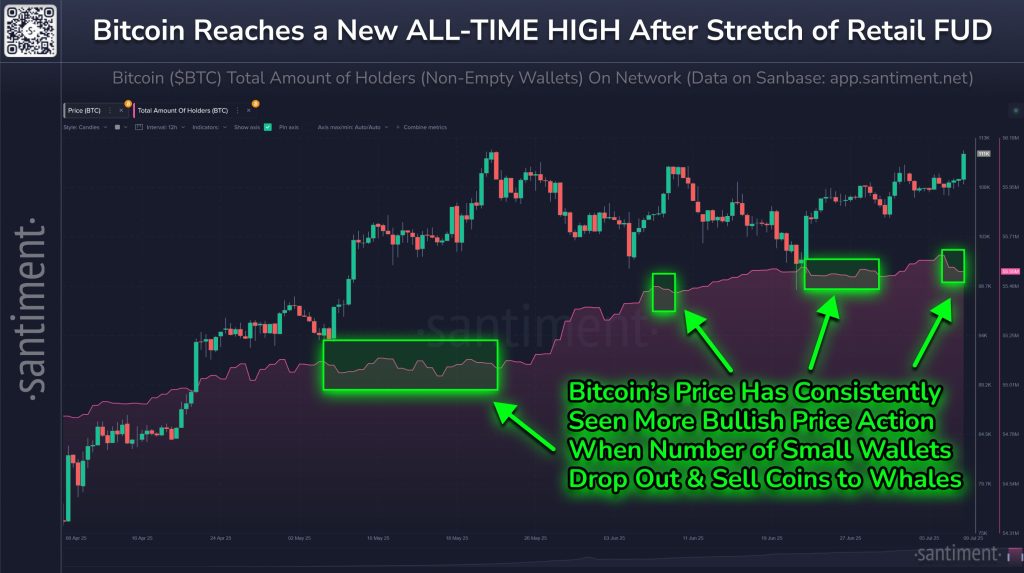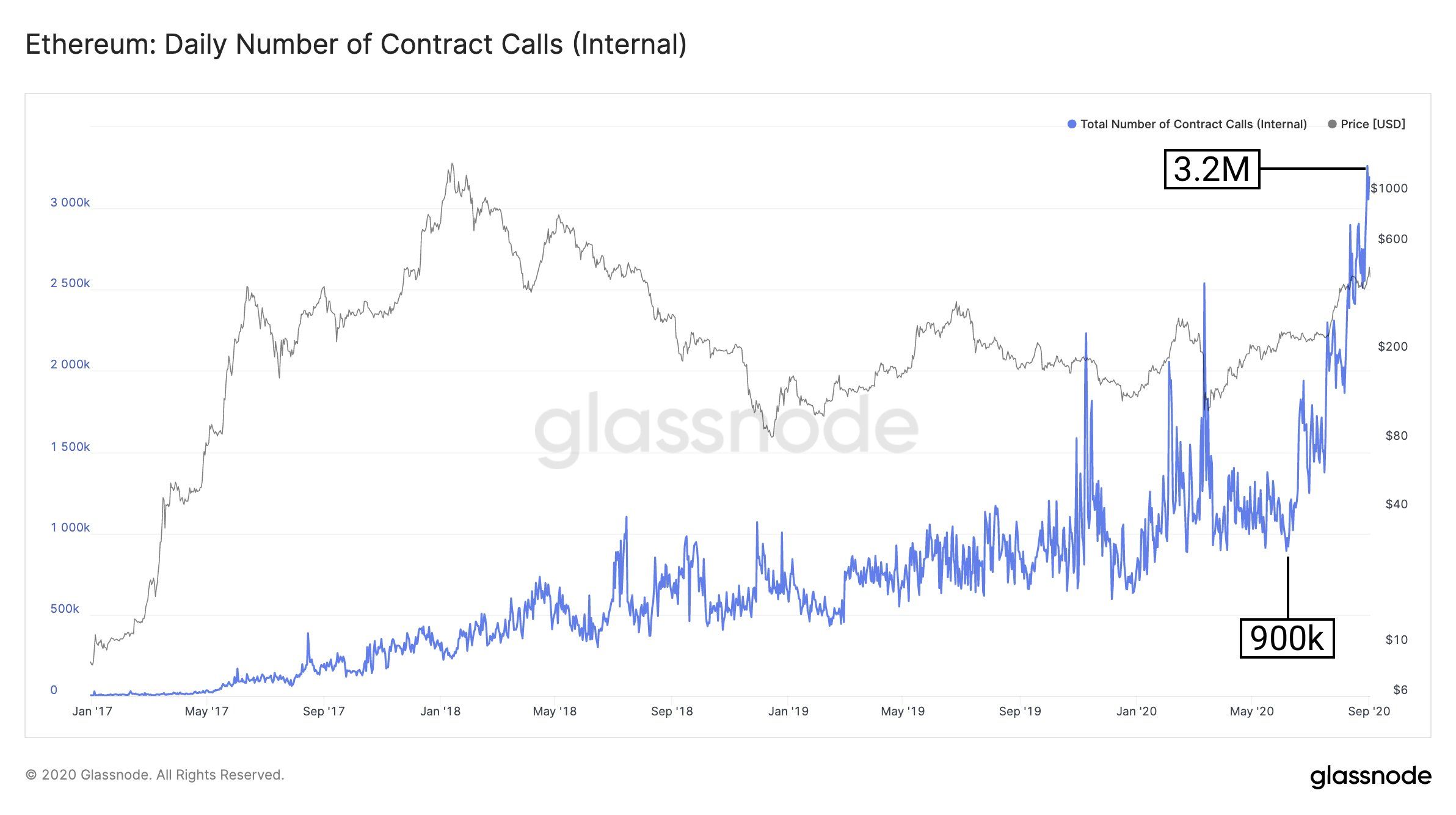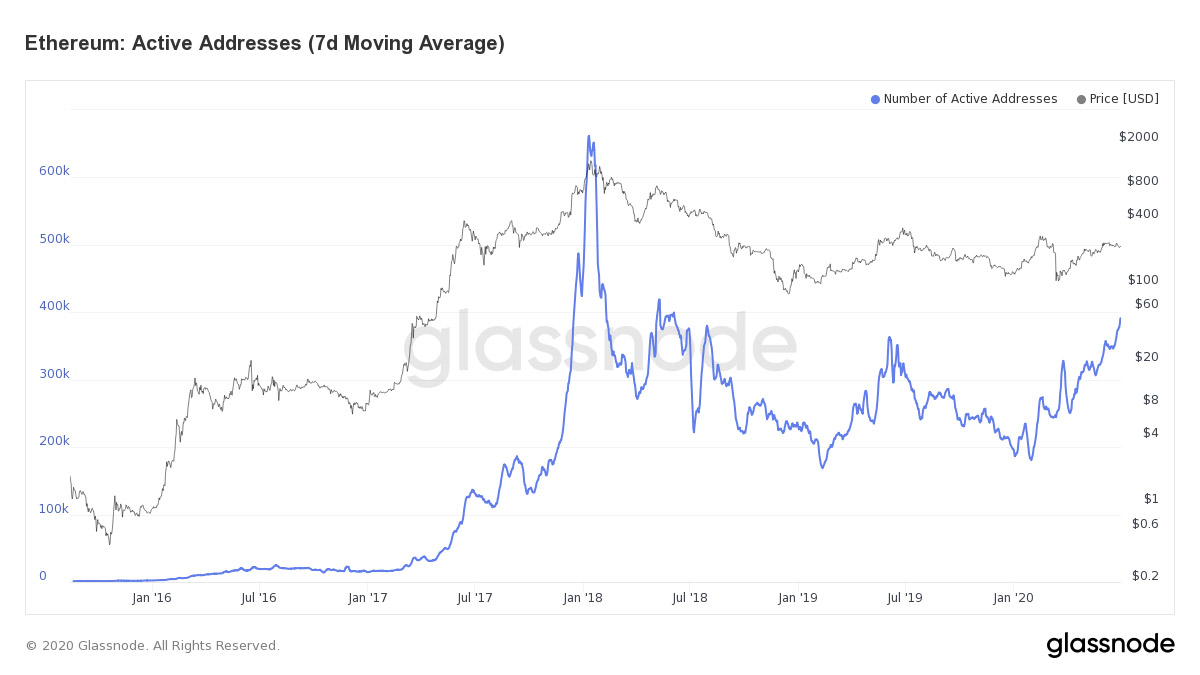2020-9-4 16:00 |
The cost of sending transactions on Ethereum has exploded over the past few months as the network has reached all-time highs in terms of transaction capacity and demand due to growth in the decentralized finance sector.
According to GasNow, the cost of gas — how transaction fees are calculated — has reached around 700 Gwei. This is 7,000 percent higher than this figure was at the start of the year, when Ethereum was barely congested with little DeFi adoption.
At this point, it’s unfeasible for retail investors with hundreds of dollars of holdings, or maybe even a bit more than that, to regularly make transactions on the Ethereum network.
For context, here is the price of basic transactions on Ethereum at 700 Gwei:
$7 to send ETH from wallet to wallet $15 to send ERC-20 tokens $60 to trade a coin on Uniswap $120 to deposit stablecoins into Yearn.finance‘s Vaults.This, of course, is unsustainable for most users. But there are solutions on their way.
Ethereum’s transaction fee issue won’t last foreverVitalik Buterin, the founder of Ethereum, addressed high transaction fees in an extensive Twitter thread on Sep. 1.
First and foremost, he noted that raising the Ethereum block size isn’t a short-term solution due to security risks in block propagation and the efficacy of nodes:
“However, increasing capacity is hard to do safely. Ethereum nodes are already running near their limits and there is always the risk of DoS attacks that are much slower to process than regular blocks, slowing the chain to a crawl. Higher gaslimits would exacerbate this.”
A quick thread on supply and demand economics, and why certain "naive" solutions to high gas prices won't work. pic.twitter.com/lmmyx0x8vL
— vitalik.eth (@VitalikButerin) September 2, 2020
A short-term solution that Buterin believes is viable right now is a new Ethereum Improvement Proposal, number 2929, which “would increase gas costs of some particularly sensitive operations, making it safer to increase gas limits.” This is only a short-term solution that he sees reducing transaction costs by around 25 percent.
A medium-term solution he is eyeing is the so-called technology “rollups,” which are basically Ethereum’s equivalent of the Lightning Network for Bitcoin.
“In a rollup-heavy ecosystem, on-chain gas fees would remain the same, and 465 gwei may even become the norm, but most transactions would be happening inside rollups, where actual fees paid by users would be hundreds of times lower.”
And on a long-term basis, the introduction of sharding with ETH2 should increase the capacity “of the base layer by 100x,” which should reduce fees by dozens of percent.
“The only solution to high tx fees is scaling. Tether, Gitcoin and other apps are doing the right thing by migrating to ZK rollups today. I’m excited about the soon-upcoming optimistic rollups that will generalize rollup scaling to full EVM contracts.”
High fees are hurting DeFiExtreme gas fees caused by network congestion pose a security threat to Ethereum and DeFi.
In March, when the crypto market capitulated, the MakerDAO ecosystem became critically undercollateralized due to how loan positions were incorrectly liquidated, resulting in a fear that DeFi was going to collapse.
The post Ethereum gas fees are up 7,000% since 2020 began—but Vitalik thinks this can be solved appeared first on CryptoSlate.
origin »Ethereum (ETH) на Currencies.ru
|
|












